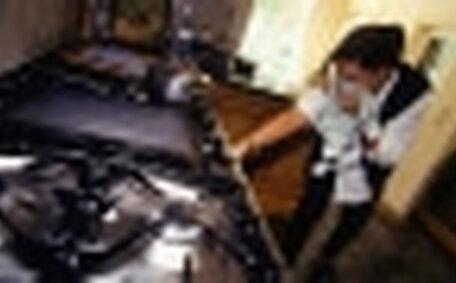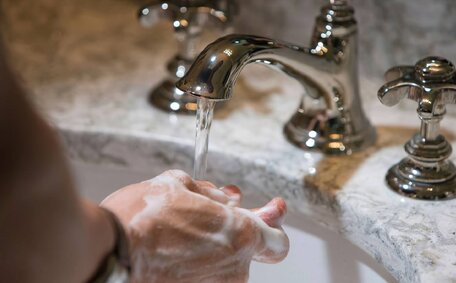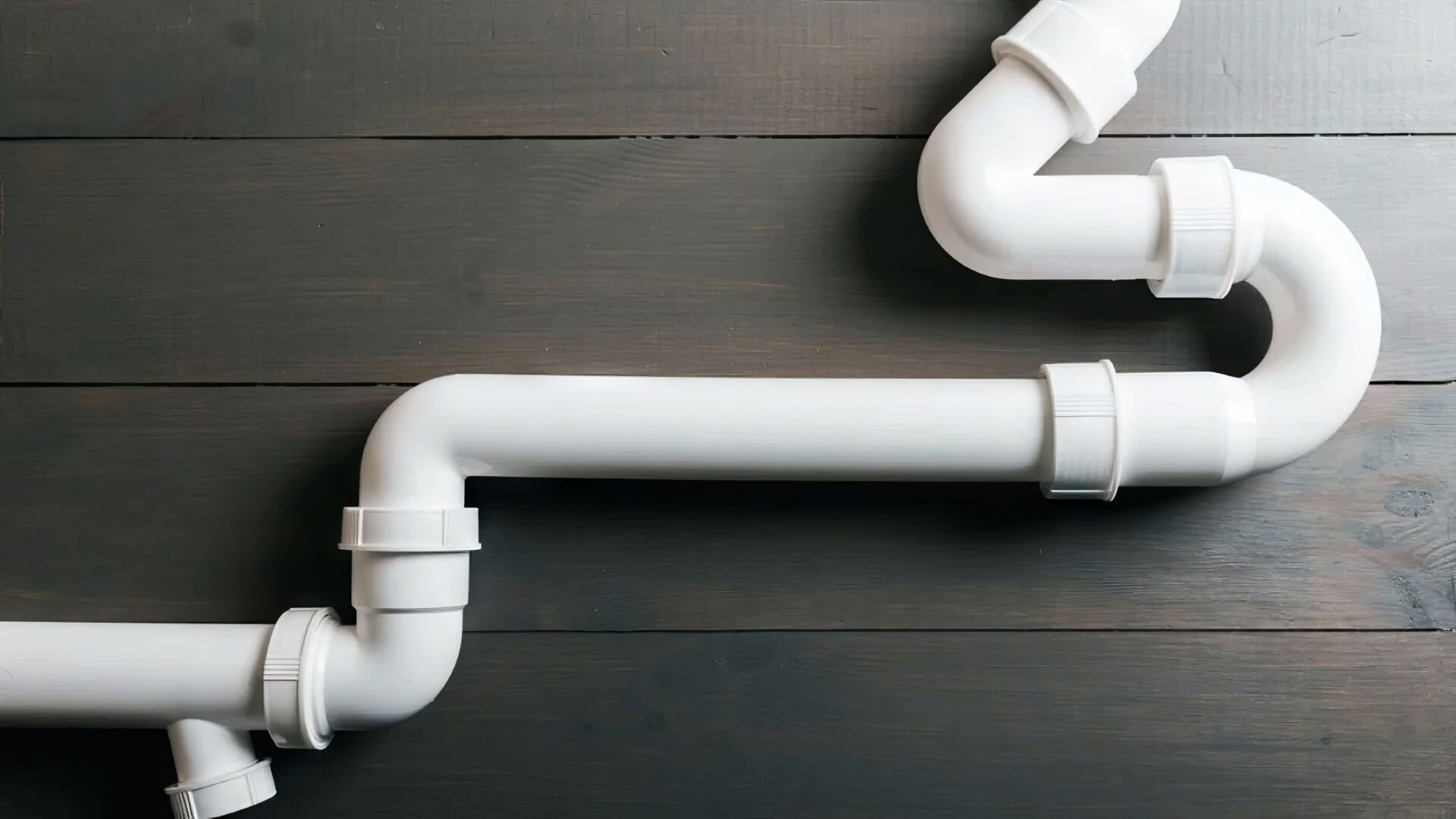Introduction to Hot Water Temperature Adjustment
Adjusting your hot water system’s temperature is a crucial aspect of home maintenance.
Proper settings can balance comfort, inhibit bacterial growth, reduce energy costs, and minimise the risk of scalding. As skilled Sydney plumbers based in Lalor Park, we frequently help homeowners adjust their hot water heater temperature for optimal energy use and safety.
This guide explains the importance of managing water temperature, outlines target temperatures, and provides step-by-step instructions for adjusting gas, electric, and tankless water heaters.
We’ll cover how to locate controls, what numbers you should set, precautions to take, and when professional help is advisable. Our goal is to enhance awareness among Sydney residents about managing their water, a critical household resource, effectively.
Following these guidelines will ensure a comfortable home, reduced energy bills, and protected family health. Read on to learn how!
Understanding Optimal Hot Water Temperature Settings
Health experts commonly recommend setting your water heater temperature between 50-60 degrees Celsius (120-140 degrees Fahrenheit). Within this zone, the hazard of scalding recedes, while the temperature your electric heater delivers remains ample for activities such as showering, dishwashing, and laundering.
Setting your water heater’s temperature above the recommended limit of 60 degrees Celsius significantly increases the risk of severe burns. Temperature settings must keep water above certain thresholds, such as 65 degrees Celsius, to prevent severe skin damage from short exposure. For at-risk groups like young children and older adults, even lower temperature electric hot water poses risks of scalding.
To prevent bacteria like Legionnaires’ disease, maintaining a water temperature of over 50 degrees Celsius is essential. Storage heaters with temperatures below 50 degrees Celsius may become breeding grounds for bacteria.
Lowering the temperature by 10 degrees can result in 3-5% savings on your water heating expenses. Turning off your water heater while you’re away can further decrease your energy bills.
Many tankless systems come with adjustable thermostats, allowing you to set your preferred temperature. Storage water heaters may lack controls but can adjust temperature settings in other ways detailed in the next sections. Our expert plumbers can service various heaters to optimise your home’s temperature settings throughout Sydney.
Health and Safety Considerations
Setting your water heater too low presents health risks. Maintaining water temperatures at or below 70 degrees Celsius can substantially lower the risk of scalding, as temperatures above 65 degrees may result in immediate third-degree burns.
For children, disabled, or elderly residents, even lower temperatures may lead to dangerous scalds. Consider installing thermostatic mixing valves for baths and showers, especially for homes with vulnerable individuals like the elderly or young children. These valves automatically mix hot and cold water to a safer temperature.
It’s essential for residents to have water heated adequately; temperatures below 50 degrees Celsius could promote harmful microbial growth. Storage tanks not maintained at the correct setting and dropping below this threshold for three hours or more risk unsafe Legionella growth. Hot water should not be set too low; it must be stored at 50 degrees Celsius or higher.
How to Adjust Electric Water Heater Temperature
Adjusting the temperature on electric water heaters is straightforward, but caution is necessary. Start by consulting your owner’s manual to understand your model’s temperature ceiling capabilities. Make sure to turn off power water at the circuit breaker before accessing internal components.
- Uncover the access hatch on your heater’s external side and unscrew it; there could be two regulators within, each governing distinct heating components.
- Turn the dial clockwise to increase the heat or counterclockwise to lower it. Many heaters offer an initial setting of 120 degrees Fahrenheit, allowing you to adjust from that baseline.
- If preferred, set 70 degrees Celsius for higher-temperature needs, while maintaining efficiency and safety.
- Replace the access panel and After making the adjustments, restore power at the circuit breaker.
- Check the water temperature at nearby taps and make further adjustments if necessary. Permit the reservoir to equilibrate, modifying its internal temperature for around 10 minutes to align with fresh thermostat adjustments.
Check out our professional services if you have any difficulties adjusting your system.
Adjusting Gas Water Heater Temperature
Adjusting the temperature on your comprehensive gas electric hot water systems necessitates a safe adherence to the correct methods. As with any adjustment, first read your owner’s manual and follow all warnings.
- Locate the water heater thermostat dial on the gas valve control or behind the access panel.
- Before adjusting, turn the gas control knob to "pilot" setting to shut off the burner.
- Turn the temperature dial to increase or decrease water heat. Many heaters allow 49-60°C for efficiency and safety.
- Return gas valve control knob to "on" and relight pilot light according to appliance instructions.
- Wait 10 minutes for the water to reach the new thermostat setting. Test temperature at taps, adjusting more if needed.
If you face difficulties or have safety concerns when adjusting your heater, be assured we’re ready to help.
Altering Tankless Water Heater Temperature
Adjusting temperature control on a continuous flow system water heater is convenient with the digital control panel. Begin by consulting your owner’s manual for specific instructions for your model.
- Locate the temperature controls on the front panel of the heater. Buttons, touchscreens, or dials allow adjusting the heat.
- You should be able to modify the hotness factor up or down as preferred, typically hovering between 49-60°C for both efficacy and protection. Higher temperatures risk scalds.
- Save changes and test water temperature at nearby taps, allowing time for heat adjustment. Further tweaks can fine-tune comfort.
The flow system in tankless heaters makes adjusting temperature straightforward. But take precautions with higher settings to prevent accidental scalding. Refer to your manual or contact our team if you need assistance optimising your system.
The Role of Insulation and Maintenance
Ensuring proper water pipe insulation and routine maintenance are vital for maintaining your desired water temperature.
We recommend using quality rubber foam pipe insulation with adhesive backing. Securely wrap insulation around pipes, sealing all seams thoroughly. Take extra care insulating joints and elbows as these lose proportionally more heat.
Besides insulation, periodically flushing sediment from your water heater can also optimise performance. Draining the tank removes mineral build-up and rust that can impede heat transfer and reduce your tank’s effectiveness. Annual flushing can restore efficiency.
Regular checks of your pressure relief valve and anode rods can help maintain accurate temperatures and extend the system’s lifespan. Small drips of water from taps or connections waste energy. Replacing sacrificial anode rods prevents tank corrosion leading to failures.
With vigilant insulation and regular draining, flushing, and component checks, your electric hot water system can run safely and efficiently for years to come. If you have any issues maintaining temperature or need professional assistance, our skilled team of plumbers can help.
When to Call a Professional
Typically, adjusting the temperature of your hot water system is a simple process. But in some situations, it’s wise to call in a professional plumber for assistance.
If your attempts to alter settings are unsuccessful or your system has complex controls, getting expert help avoids frustration and ensures proper configuration. Adjustments that require relighting pilot lights or accessing internal components can also benefit from an experienced plumber’s know-how, for both convenience and safety.
DIY adjustments on newer or warranty-covered heaters may void your coverage. Check policy terms before changing settings, and consult professionals like our team if uncertain. We can optimise systems while keeping warranties intact.
It’s also prudent seeking help if your water heater is over 10 years old. Worn components may prevent temperature changes or lead to failures that professional maintenance can diagnose. Upgrading outdated units can also improve efficiency.
For commercial settings or large households, the complexity of altering water temperature may require a certified plumber’s skills. Specialised systems have enhanced risks and regulations.
Although residential electric hot water heaters can often be managed independently, certain situations require professional expertise. For assistance with adjusting your water temperature or any related issues, please email or call our expert team at Lalor Park Plumbing.
Our fully licensed team is on hand for appointments six days a week across greater western Sydney.






